Sacroiliitis (SI) Joint Dysfunction Guide: Mobility Do’s and Don’ts
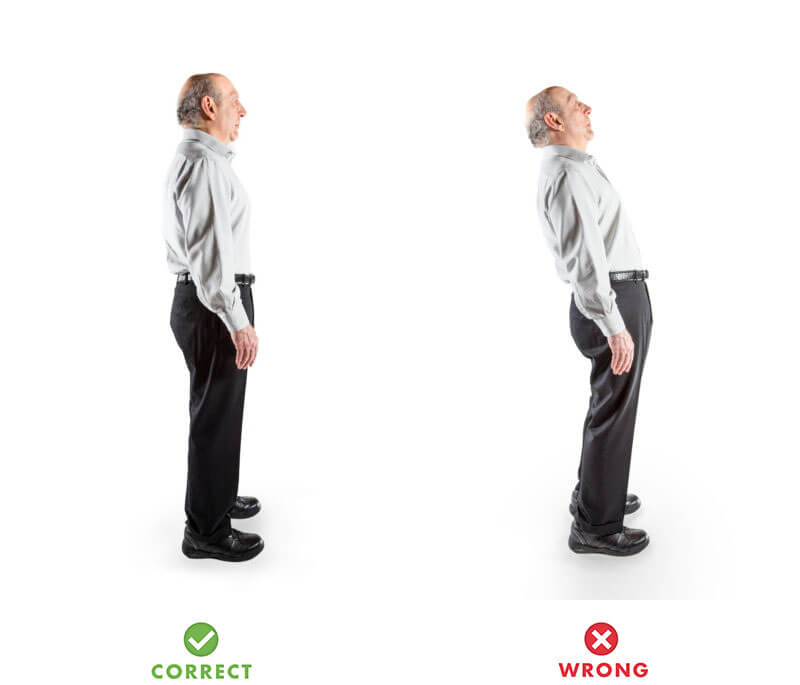
Sacroiliac Joint (SIJ) dysfunction is becoming more frequent than ever. Sadly it’s often triggered by everyday activities involving the pelvis, lower back and legs moving together. By understanding the best practices for mobility and body dynamics, you can manage minor to moderate SI Joint pain with proper movement and lifestyle modifications.
While it’s great to know what exercises to do to help sacroiliitis, it’s equally as important to learn what not to do to make your SI pain worse. This guide covers motions and exercises to avoid with SI Joint paint to optimize your SI Joint health. We’ll equip you with a toolbox of “do’s and don’ts” to promote flexibility, stability and pain management. Discover daily habits that support your SI Joint, and identify activities that might exacerbate pain by stressing the sprained ligaments of the SIJ.
With the right approach, you can move with confidence and rediscover the joy of an active lifestyle amidst SI Joint dysfunction.
What not to do with SI Joint pain:
1. Do NOT: Bring the Knee Across the Midline
For example, crossing the legs while sitting by placing the knee of the upper leg on the opposite leg.
This can further stress the SI Joint by torquing it from the crossing position pulling your leg and hip in the opposite direction. This misalignment can potentially irritate the ligaments and capsule surrounding the SI Joint,, leading to more pain.
DO: Use a pillow for support if you need to rest your leg. This will help maintain proper alignment
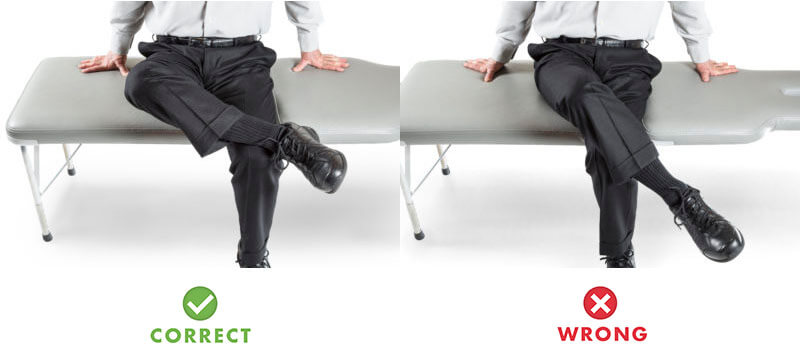
While lying in bed; do not let the knee of the upper leg touch the bed. Rest the upper knee either on or behind the lower knee or, better yet, place a pillow between your knees.
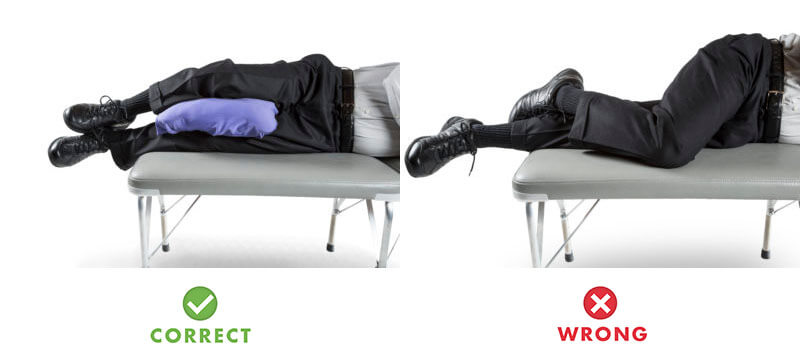
2. DO: Follow the 90 Degree Rule
Why Not? This type of movement will cause the sacral base to rotate forward and the ilia to rotate relatively backward, opening the SI Joint.
The specifics:
- With knees straight, do not flex the trunk to, or past, a 90 degree angle with the legs.
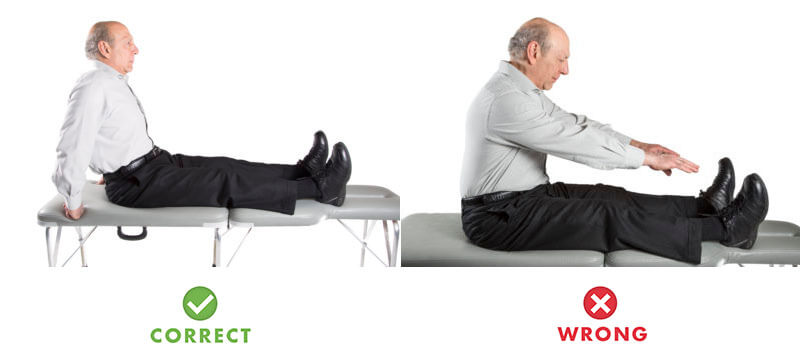
- With the knees bent, do not flex the knees closer than a 45 degree angle between the legs and chest. This is especially important to remember when doing common daily activities such as tying your shoes.
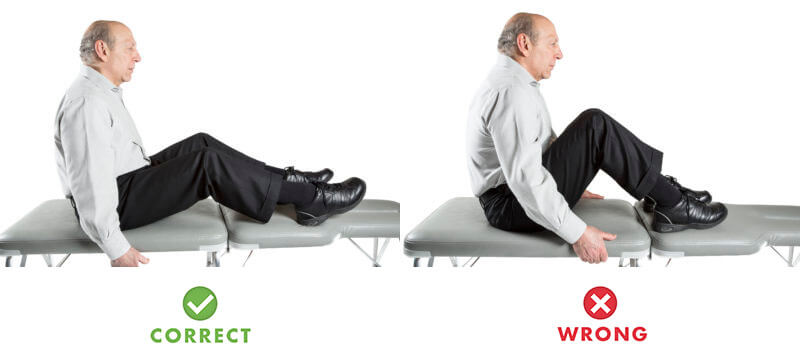
- When tying shoes, do not bring your knees to your chest. Both arms should go inside of the knee.
- Bringing your foot up to the trunk IS okay, as long as your knee stays out to the side.
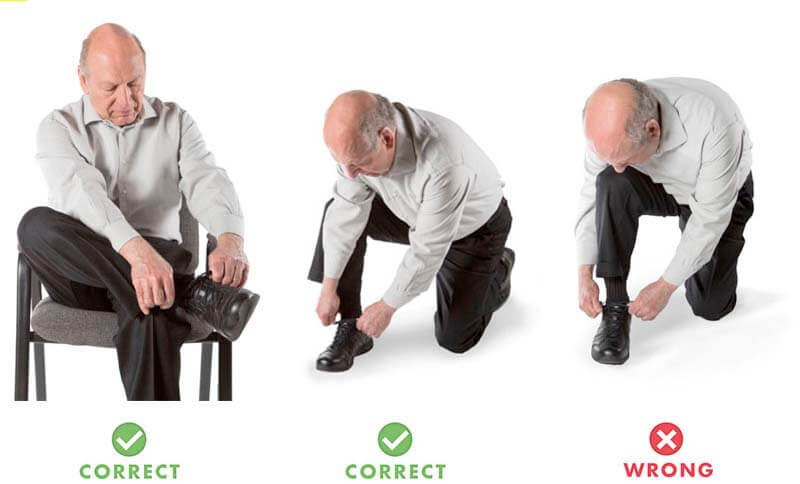
3. Do NOT: Twist your Trunk Past 25 Degrees
This action causes the sacrum to rotate away from the ilia which can cause further discomfort and exacerbate sacroiliac joint dysfunction.
How to know if you’re twisting past 25 degrees? You’ll know you’ve overextending your range of motion if you begin to feel mild tension in the low back during this type of twist.
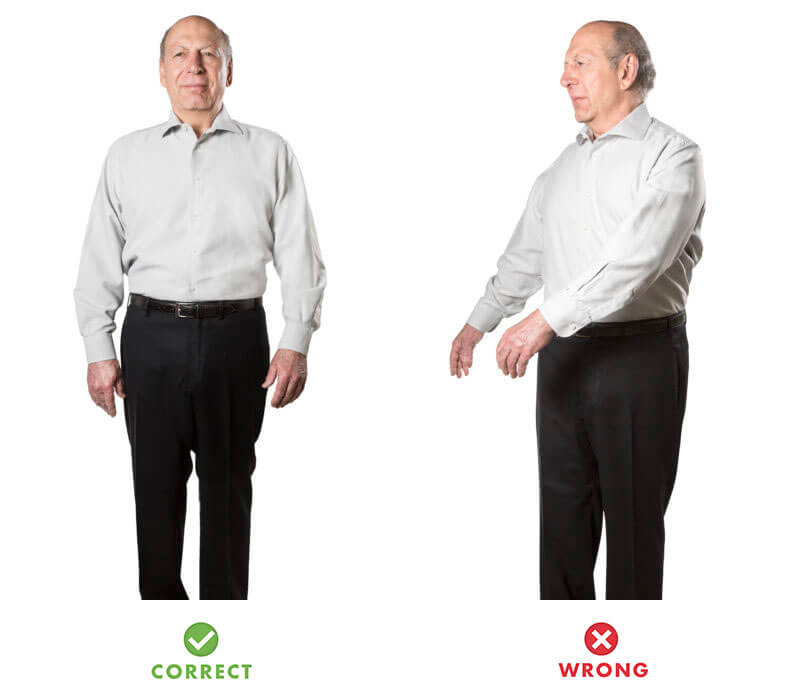
4. Do NOT: Extend the Back Past Neutral
Don’t worry, this doesn’t mean you can’t continue doing back strengthening exercises. You should however, be mindful about bending backward at the waist past neutral. This action causes both the sacral base and ilia to rotate forward, causing the lumbo-sacral area to become compressed. This causes the sacral base to go farther than the ilia, opening the joint.

5. Do NOT: Hang by Your Arms or Feet
The action of hanging either by your arms or feet causes lumbo-pelvic traction. While this type of movement is often great for spinal decompressions, it also pulls the ilia and spine apart, stressing the SI ligaments and causing you more pain.
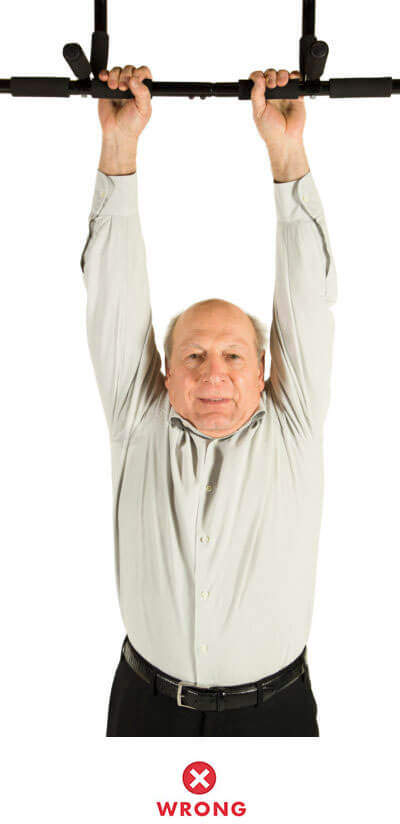
6. Do NOT: Apply Heat on the Lower Back
When the SI ligaments sprain (tear), the joint separates slightly, allowing fluid to enter the SI Joint. Instead of tearing in the middle, the ligaments separate from the joint surfaces. This fluid keeps the joint surfaces apart and prevents the ligaments from re-attaching to the bone. Heat increases blood flow and the fluid within the SIJ, worsening the lesion.
DO: Apply ice in 20-minute intervals every hour for three hours or more instead of applying heat.
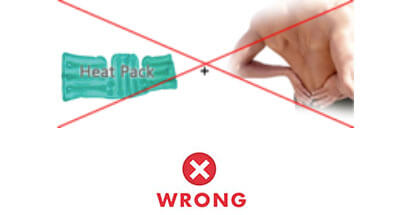
Frequently Asked Questions About SI Joint Dysfunction Exercises
1. Does sacroiliitis go away?
Yes, sacroiliitis can go away with proper treatment and is not usually life-threatening. Pain improvement and recovery time will depend on various factors including the types of activities you partake in, your treatment regimen and severity of the injury/inflammation. Stability is key!
2. Is walking good for SI Joint pain?
Yes. Walking emphasizes the normal, natural rhythm of the entire body, with minimal stress to the joints.

